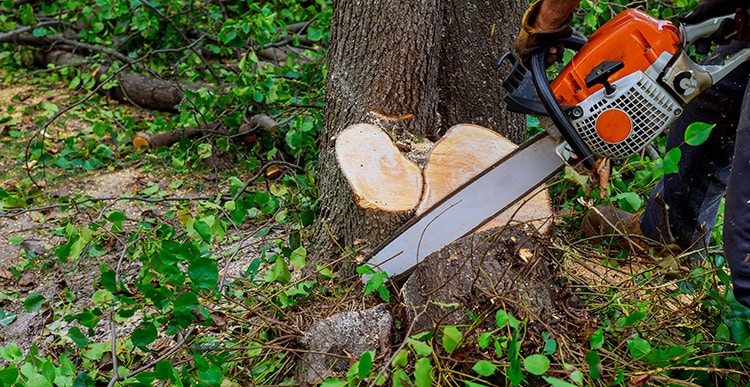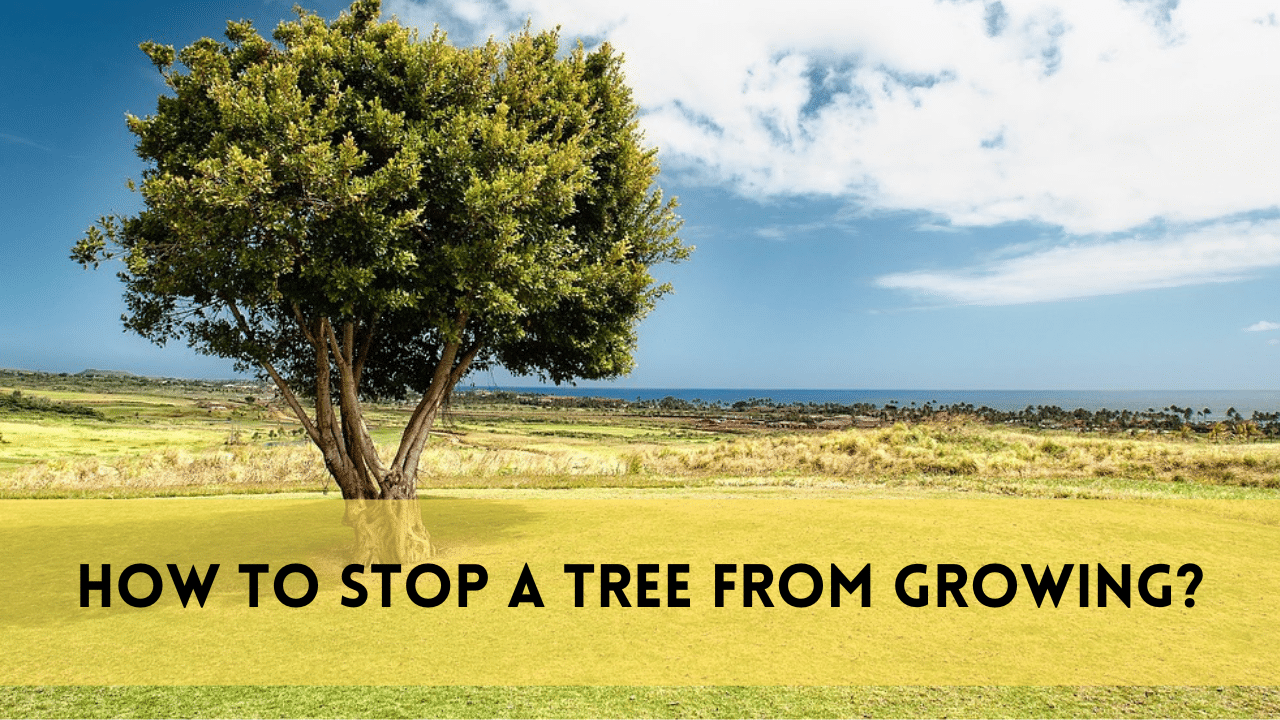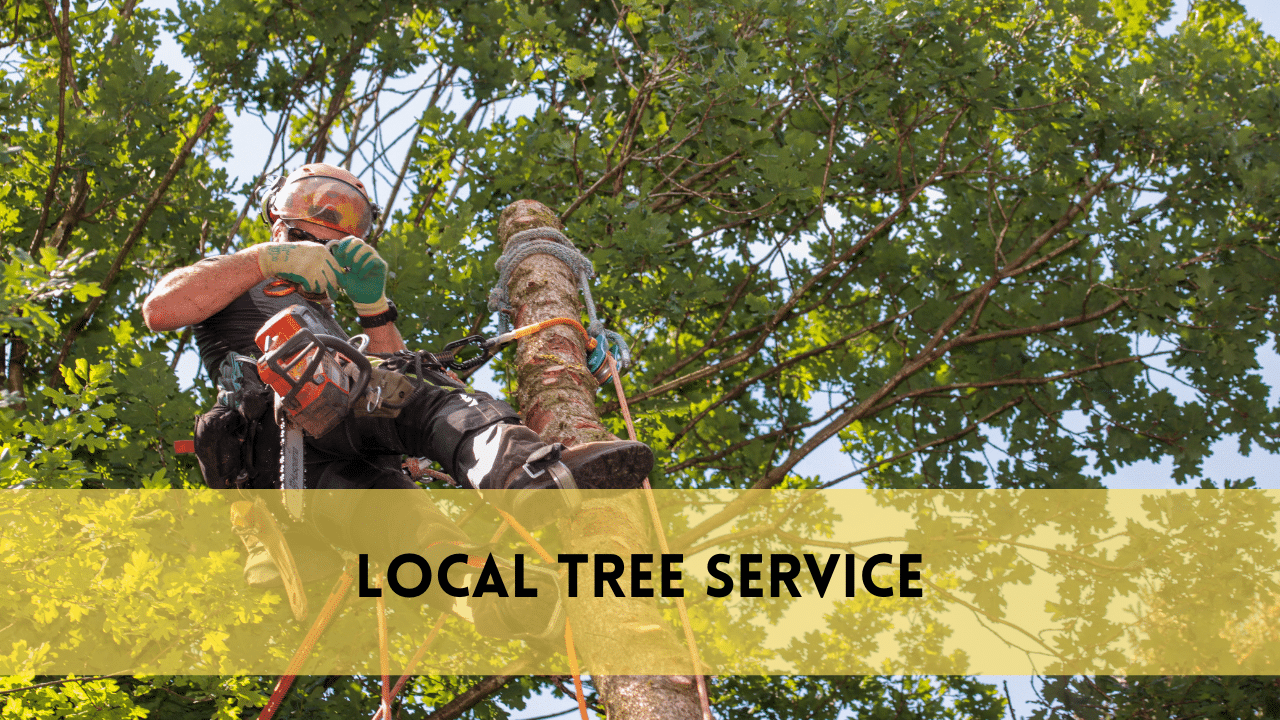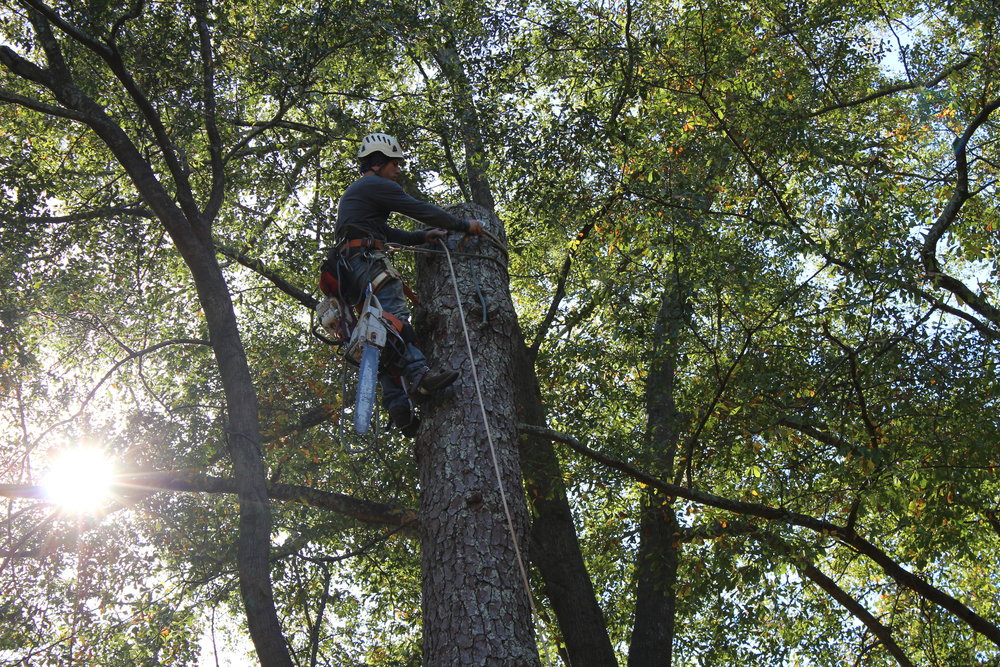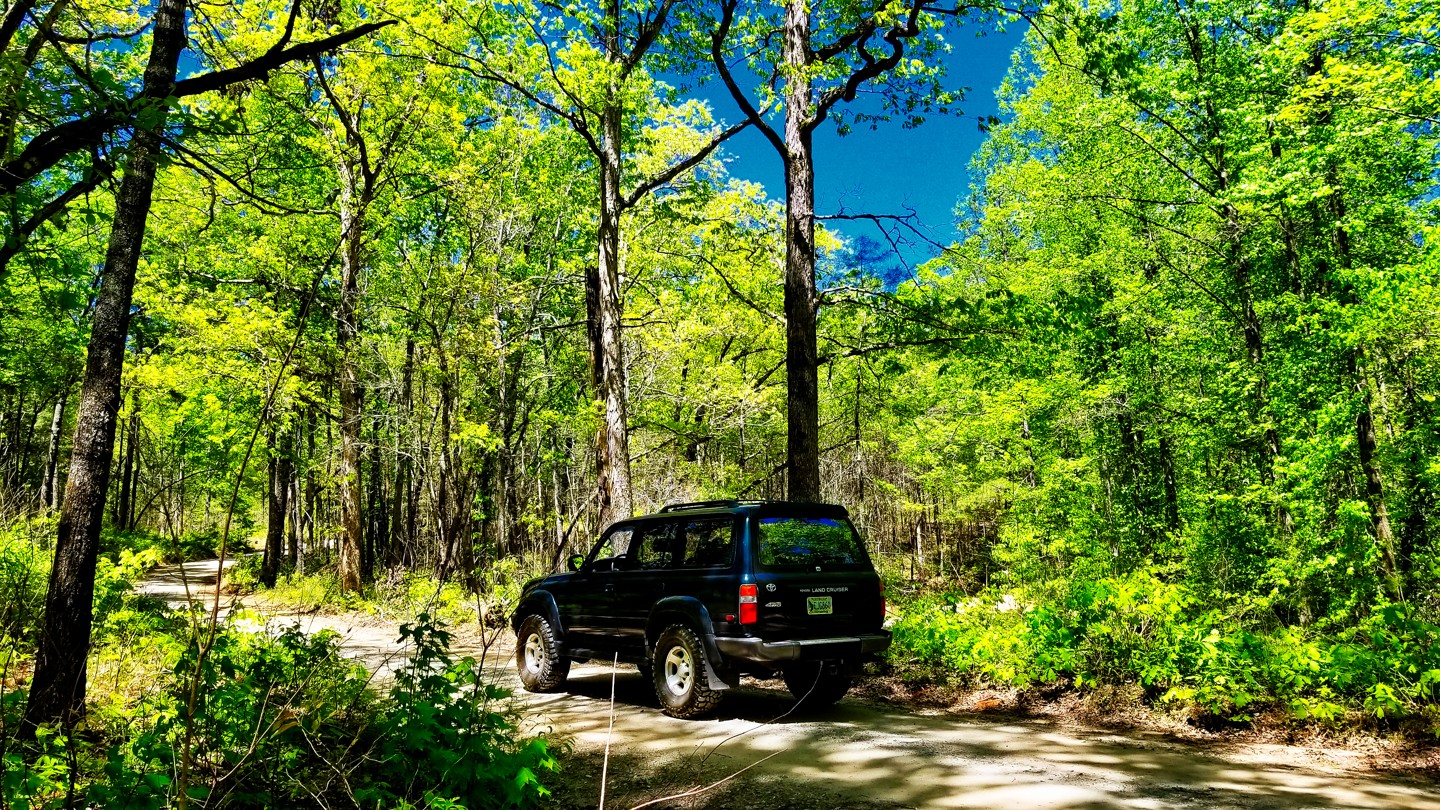In the ever-changing tapestry of outdoor landscapes, the difficulty of regulating tree growth and finding ways to stop a tree from growing is a critical consideration for both homeowners and landscapers. WillisArborist, a shining example of arboricultural ability, takes the lead on this horticultural tour of elegance. In this detailed book, we join WillisArborist on a trip to better grasp the complexities of efficiently managing tree development.
WillisArborist provides a plethora of experience-based expertise, ranging from intelligent pruning techniques to the science of soil amendment. As we explore the methods and tactics for How to stop a tree from growing, the objective is not just growth control, but also the construction of an outdoor place that is in sync with nature’s rhythm. Join us as Willis Arborist explores the art and science of stopping.
Understanding Tree Growth Patterns
Exploring the complicated world of tree growth requires understanding the seasonal and environmental trends that influence their development. WillisArborist, with his depth of arboricultural knowledge, walks us through the complexities of tree development patterns and effective ways to stop a tree from growing when necessary. Trees have various development stages controlled by seasons, with spring bringing robust expansion and winter bringing hibernation. Understanding these natural cycles is critical for developing successful tree growth management tactics. WillisArborist explores the cyclical pattern of development, bringing insight on how elements including as food intake, water availability, and sunshine exposure choreograph a tree’s complicated upward journey. With this information, homeowners and landscapers can act intelligently, assuring optimal tree care while also implementing the strategies to stop a tree from growing when it becomes necessary to maintain the natural beauty and health of these arboreal beauties.
How to Stop a Tree from Growing
Pruning Techniques for Growth Control
Pruning appears as a powerful conductor in the symphony of tree maintenance, expertly controlling the growth trajectory and even helping to stop a tree from growing when necessary. WillisArborist, the arboriculture master, reveals the skill of pruning as a critical strategy for managing tree development.
Pruning, when done with skill and awareness, becomes a complex ballet of elimination, redirecting energy, and promoting a balanced canopy.WillisArborist argues for strategic pruning, emphasizing the significance of understanding a tree’s unique requirements, species traits, and growth patterns.
This holistic pruning strategy goes beyond simple trimming; it takes on a sculptor’s touch, improving aesthetics while protecting the tree’s health and structural integrity. With WillisArborist’s help, homeowners and landscapers may master the delicate balance of pruning, resulting in not only regulated growth but also a visually beautiful and flourishing arboreal masterpiece while applying techniques to stop a tree from growing when nedeed.
Soil Amendments: A Growth Regulator
In arboriculture, the earth beneath our feet appears as a quiet influencer, affecting the fate of trees. WillisArborist opens up the chapter on soil amendments as a powerful growth regulator, providing insights on altering the soil environment to influence tree development and even stop a tree from growing when nedeed.
WillisArborist advocates for the strategic application of soil amendments, stressing their function as growth regulators. Arborists may impact a tree’s development rate by adjusting its soil composition, vital nutrients, and pH levels. Adjusting nitrogen levels, for example, can restrict leaf growth and direct the tree toward a more regulated expansion.
Understanding the symbiotic link between trees and soil, as explained by WillisArborist, allows landscapers and homeowners to use soil supplements as a precise instrument in the art of growth management. This subtle technique provides not just healthy trees, but also a landscape in which nature’s rhythms coincide with aesthetic goals while incoporating methods to stop a tree from growing when required.

Selective Root Pruning Strategies
WillisArborist dives into the technique of selective root cutting, which highlights roots, the silent builders of a tree’s structure and nourishment. This planned strategy acts as a precise tool for limiting tree growth while maintaining overall health.
Willis Arborist highlights the significance of knowing a tree’s root system and identifying certain roots that contribute to excessive growth. Arborists may control the tree’s nutrition intake and general vigour by strategically trimming these important roots.
WillisArborist’s surgical precision in root pruning enables for the regulated redirection of the tree’s energy, resulting in a more balanced and constrained growth pattern. Landscapers and tree aficionados may profit from these insights, acquiring mastery over the delicate dance of root pruning to create the optimum form while preserving the tree’s health and vitality.
Environmental Factors and Growth Control
In the delicate dance of tree development, environmental influences function as both conductors and influencers. WillisArborist, with a thorough comprehension of this arboreal symphony, explains how environmental factors influence tree development.
WillisArborist emphasizes the role of sunshine exposure, water availability, and soil composition in determining a tree’s growth trajectory. Arborists may influence a tree’s growth rate by intentionally managing certain environmental elements.
According to WillisArborist, navigating the delicate balance of these aspects is an art form. Homeowners and landscapers may harmonize the environmental orchestra by making thoughtful modifications, ensuring that trees thrive within the confines they intend.
FAQs
How frequently should trees be pruned to manage their growth?
The frequency with which trees are pruned is determined on their species and intended size. WillisArborist suggests speaking with an arborist for specific pruning programs.
Can soil amendments damage the tree?
Soil amendments are both safe and useful when properly applied. WillisArborist promotes the use of proper goods and amounts.
Is it feasible to slow the development of a tree without hurting it?
Yes, WillisArborist guarantees that growth control, including strategies to stop a tree from growing, may be accomplished without causing harm with selective pruning, root management, and environmental modifications.
Are there any trees that naturally develop at a slower rate?
WillisArborist lists some tree species with naturally slower growth rates, which can help people looking for low-maintenance landscaping solutions.
Can too much trimming destroy a tree?
While pruning is good, WillisArborist advises against overcutting, which can stress the tree and lead to deterioration.
Conclusion
To summarize, regulating tree growth necessitates a complex strategy that combines knowledge and practical skills. Willis Arborist’s expert insights provide you with the skills you need to stop a tree from growing and manage its development effeciently, resulting in a harmonious and visually pleasing outdoor setting.





